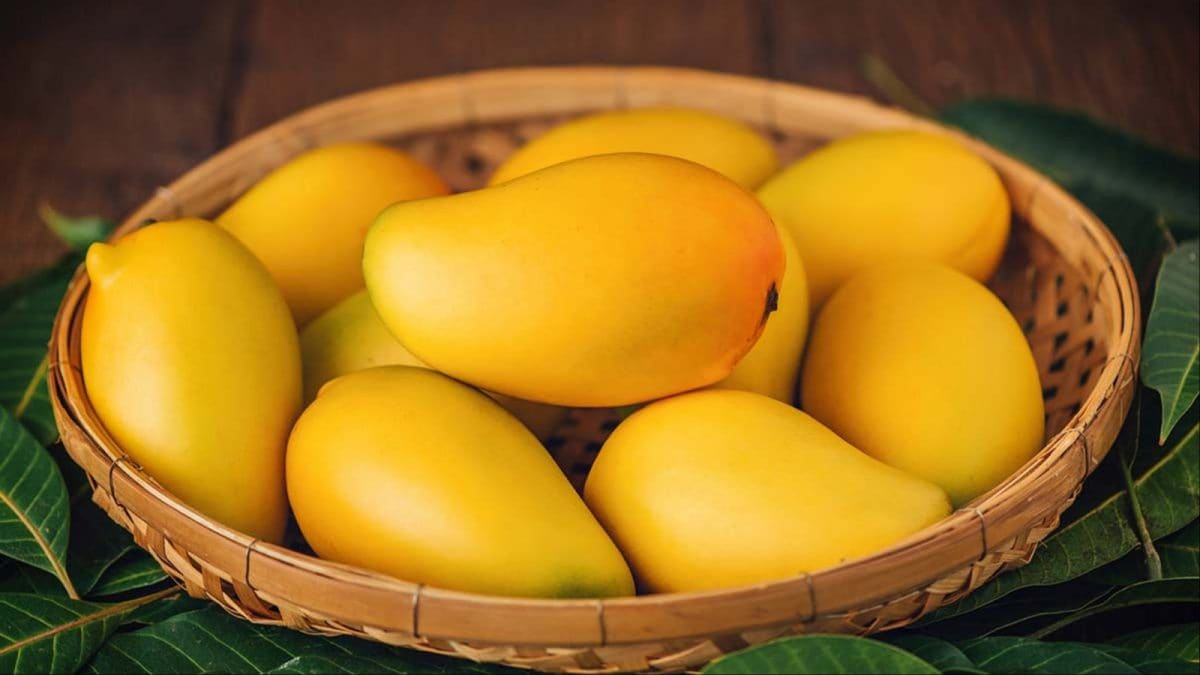Last Updated:
Master the art of mango picking by using your senses—smell, squeeze, and sight—to choose the sweetest, juiciest fruit every time.
A sensory guide on how to pick the perfect mango every time
Picking the perfect mango shouldn’t feel like a gamble. With so many shapes, shades, and varieties out there, it’s easy to feel overwhelmed at the fruit stand. But the good news? Your senses are your best tools when it comes to finding that juicy, sweet mango that’s just right.
1. Use Your Nose
A ripe mango has a sweet, fruity aroma, especially near the stem. If it smells fragrant and tropical, that’s a good sign. No scent? It might still be underripe. If it smells sour or fermented, it’s probably gone too far.
2. Gently Squeeze
Don’t be afraid to give the mango a little love. Ripe mangoes will yield slightly when you press them—like a ripe avocado or peach. If it’s rock-hard, it needs a few days. Too squishy? It might be past its prime.
3. Look at the Colour
Colour varies by variety, but there are clues. Alphonso and Dasheri mangoes, for instance, turn golden yellow when ripe. Others, like Langra, stay green even when they’re ready to eat. Don’t rely solely on colour—use it alongside smell and touch.
4. Feel the Weight
Pick up a few mangoes and compare. A ripe mango will feel heavier than it looks, thanks to all that juicy goodness inside. If it feels light, it might be dry or underripe.
5. Check the Stem Area
Ripe mangoes often have a slightly soft or raised area near the stem, but it shouldn’t be wrinkled or dried out. A fresh stem means a fresher fruit.
6. Let It Ripen at Home
Bought an underripe mango? No worries. Place it in a paper bag at room temperature to speed up ripening. Just keep an eye on it—mangoes can turn fast!
With these simple tricks, you’ll be a mango pro in no time.

